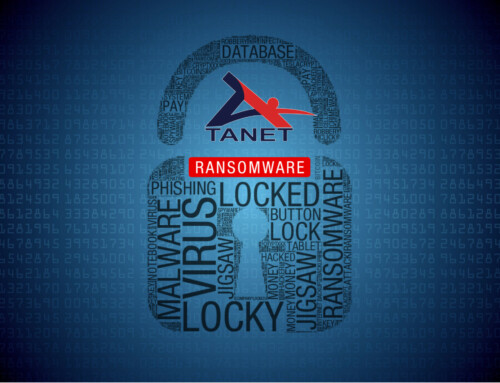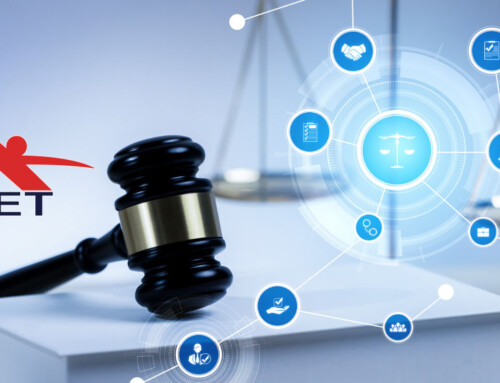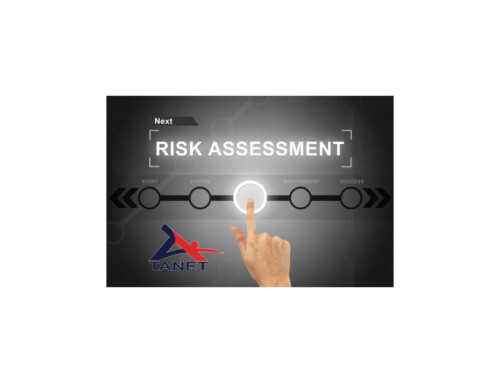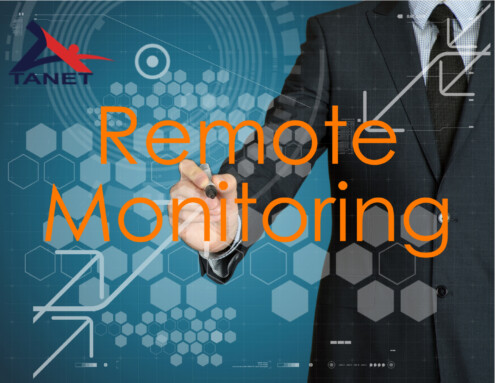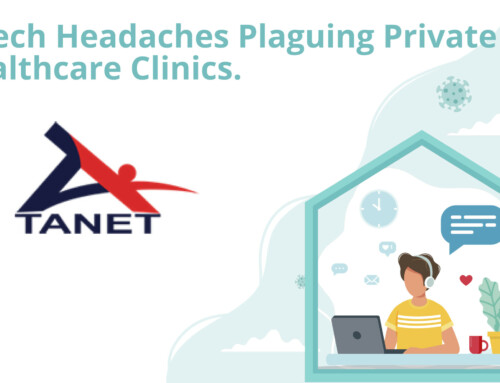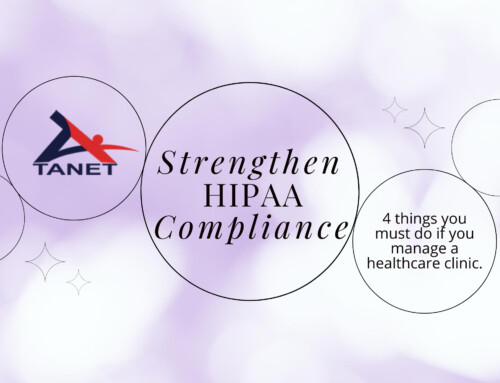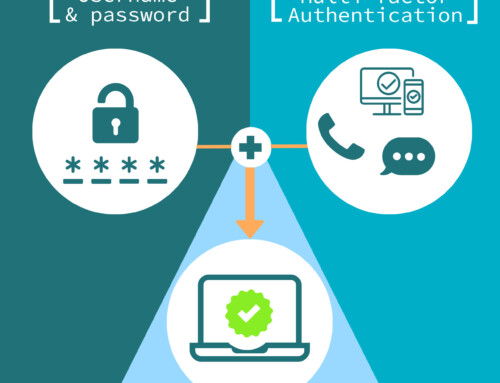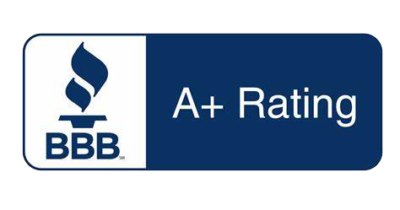HIPAA (Health Insurance Portability and Accountability Act) is a regulation that sets the standards for protecting sensitive patient data in healthcare organizations. Here are a few great baseline IT security guidelines for proper HIPAA compliance:
- Conduct a Risk Analysis: Healthcare organizations should conduct regular risk assessments to identify potential security risks and vulnerabilities. This will help them to identify potential threats and prevent them from causing harm.
- Implement Appropriate Technical Safeguards: Healthcare organizations must implement appropriate technical safeguards to protect electronic protected health information (ePHI) from unauthorized access. This includes implementing firewalls, encryption, access controls, and other security measures.
- Develop Policies and Procedures: Organizations should develop and implement policies and procedures for data security, privacy, and compliance. This includes policies for data backup, disaster recovery, and incident response.
- Train Employees: It is essential to train employees on HIPAA regulations and security best practices. This includes training on identifying and reporting security incidents, phishing scams, and other potential threats.
- Monitor Systems: Organizations should continuously monitor their IT systems and networks for security incidents and breaches. This includes implementing intrusion detection systems, log monitoring, and other monitoring tools.
- Enforce Access Controls: Organizations must ensure that only authorized individuals have access to ePHI. This includes implementing role-based access controls, password policies, and multi-factor authentication.
- Conduct Regular Audits: Healthcare organizations should conduct regular audits to ensure compliance with HIPAA regulations. This includes reviewing policies and procedures, conducting security assessments, and reviewing access logs.
By implementing these guidelines, healthcare organizations can ensure that they are in compliance with HIPAA regulations and protect sensitive patient data from unauthorized access or disclosure through best practice baseline IT Security Measures.









